Glide Bait Break Down
Jerry AudetGlide baits are one of the newer styles of plug to hit the striper scene.

in freshwater for as long as 75-years, they have only really taken off with striper fishermen in the last 8-
to 10-years (though they were allegedly being used by some anglers much earlier). The term “glide bait”
is a catch all for plugs that, despite coming in a variety of shapes and sizes, are designed to move back
and forth in an S-pattern, either on a straight retrieve or with tip action. This latter point- whether they
swim on a straight retrieve or require manual input- breaks them in two general categories (in the salt
anyways- in freshwater there’s at least two other forms). Understanding what each category excels at,
and how to best utilize it, can be a little confusing: let’s break down the what, why, where and how of
each.
Style 1: Walk-the-Dog or Jerk-bait Gliders
What: As you may have guessed by the name, the movement of this category of gliders is a walk-the-
dog, back-and-forth action produced by twitching or sweeping the tip of the rod. On a straight retrieve,
these plugs may do very little or nothing, but with a few twitches they will dance back-and-forth
seductively. Many of you will be familiar with this action through the use of top-water spooks (e.g. the
Doc or Jumpin’ Minnow). Jerk-bait gliders are very similar to those plugs, but they’re just subsurface.

The amount of back-and-forth varies, and how much of a jerk you have to give a plug to get it to dance
ranges widely, too. I personally prefer those plugs with dramatic action- with minimal input, they shoot
forward and glide long distances. Plugs like the ERC Hellhound or Savage Gear Freestyler can swing side-
to-side dramatically, traveling several feet in optimum conditions- but it’s up to you to make them do it.
Why: I like this style a lot because it’s hyper realistic. Most bait does not dive dramatically, or rise to the
surface. The slow sinking, level sitting characteristic of these gliders is powerful. Then, you add in the
erratic, natural back-and-forth action and you have a plug that is unique. Further, the tall profile of the
glider is very common inshore, and mimics all sorts of baitfish. These two factors- the realistic, erratic
action and universal profile- are the two biggest reasons I use this style.
 However, I would be remiss if I
However, I would be remiss if I
also didn’t mention that gliders (of both types) are large profiles that are easy to cast. Compared to a
metal lip of the same size, a glider will cast 50- to 150-percent further.
Where: These gliders come in a variety of sizes, but across the board they sink slowly (the Hell Hound is
a good example), which is critical to their action; if they sank too fast, they wouldn’t glide. As a result,
they are generally best for shallower, calmer water. I work them in depths from 3- to 12-feet, and
typically not in very strong winds or giant waves. Slower current is best, but you can deal with moderate
and strong currents if you swing them like a jig- they just won’t get more than a foot or two below the
surface. I love this style in the boulder fields (where the big baits live), but I’ve had amazing success with
them on the sand as well. If you focus on bunker specifically, you HAVE to try out these gliders- while I’m
primarily a night-time angler, they work awesome during the day, too.
How: There are a million ways to work these plugs, but there’s one tried-and-true tactic that I rely on
most. After casting out, I don’t rush to get tightened up right away. Instead, I’ll let it settle- how long
depends on the sink rate, and is based entirely on the weather conditions (winds and waves), the
current strength, and the water depth. Typically it’s more than 3- but less than 15-seconds. I’ll then work
the lure back with a slow or very slow retrieve, and a subtle, stripped-down rhythm of twitching to get
the plug to dance erratically, but subtly. Don’t overdo how much you jerk it, and don’t make it too
dramatic- if you’re familiar with the Doc spook plug, you’re likely going to want to slow it way down.
My favorite pattern is “one, two, one, pause.” You give the rod a moderate single twitch, and the plug
will jerk sideways. Do not reel too fast to catch up- you want a little slack to remain, so the lure will slide
forward unhindered. Once you’re tight to the plug again, you give it another jerk, pause a split second,
and then immediately give it another. What this does is get the plug dancing back and forth. Then, catch
up the slack once more and pause (another second or two) before starting the process over.
Style 2: Swimming Gliders
What: Swimming style gliders are a bit different than jerk-bait specialists. On a straight retrieve, many
jerk-bait gliders won’t do much, but the swimming style gliders are extremely active and do a lot all on
their own. On a straight retrieve, they swim in an S-pattern, often with some body roll, and some even
shimmy a little- you don’t have to jerk or twitch them at all. They tend to sink faster than jerk-bait style
specialists, but that isn’t always true. If you are starting out with gliders, I suggest one in this style in the
one- to three-ounce range, preferably a slow-sinking option. Check out the Westin Swim SW or the Yo-
zuri Twitch Bait for a couple off-the-shelf models, but also note many custom wood builders are making
excellent swimming-style gliders these days, too.

Why: Cutting to the chase, I use these gliders for their seductive action in combination with their
stability and tall body shape. That is, they will swim back and forth in a huge variety of conditions, while
mimicking a large range of bait fish with larger, taller bodies (e.g. scup, bunker, black sea bass, tautog,
etc.). They handle bigger water and stronger currents than jerk bait style gliders, which is a huge benefit
for many anglers. The swimming action isn’t as random or as natural as a jerk bait style, but it is much
less mechanical than something with a lip like an SP minnow or Danny plug. If you like the idea of a
search plug, than a swimming style glideris something that should be in your bag. They cast well, attract
attention, mimic a huge variety of baits, and are easy to work.
Where: This may sound like a cop-out, but I think a swimming style glider can work anywhere: they are
extremely versatile. I now have numerous models that are different sizes and sink rates, and I carry a
couple essentially every night, everywhere I go, in any conditions, from New Jersey to Maine. I have
used larger, faster sinking models in 40-knot winds and pounding waves on sand beaches, and I have
used smaller, slower sinking models in estuary channels when it was so quiet I could hear my own heart
beat. Interestingly, I’ve found they work really well during peanut bunker blitzes and late in the year
around sand eels. However, my best tide to date (with gliders) came in a boulder field where white
water was sweeping across a point, and bunker and squid were mixed together and getting battered
against the rocks. The fish wouldn’t touch anything but a quickly-retrieved glider.
How: My presentation methods with swimming gliders is often just cast them out, retrieve them back. A
couple times within the retrieve I’ll burn the plug for three- to five-cranks of the reel handle, or what I
call the “freak out”. For the plugs I use most- like the aforementioned Westin and Yo-Zuri- this makes
the glider go from a lazy, rolling swim to a fast, frantic darting motion. It triggers hits, and if you suspect
fish are following your plug but not committing- or you see them doing so- try this method.
While that’s the typical retrieve, they really are a blank canvas. I suggest starting with a slow-sinking
model, and learn the limits of how fast and slow you can fish it, and how little or much tip action you can
give it. Then, work it into your spots and the structure you fish, and how the water is moving. You can
swing them like a bucktail, drag them against the current like a darter, cut them along the surface like a
spook, or reel them straight like a plastic swimmer. Some will even glide nicely on the twitch- the
suspending version of the Westin Swim is one of these. The key is determining what is required to fish
your spot, what the bait is, and then figuring out how the glider fits into it.
Bonus: Stick Baits
I also want to mention that stick baits are essentially skinny swimming-style gliders. They look different,
but the action is the very similar. These plugs make excellent alternatives to a lipped-swimmer like a
Bomber or SP minnow (they’re the same shape), and at times even a needlefish or darter. Just be careful
when selecting your stick baits, as many are designed to sink fast and be fished very fast in deep water.
Instead, look for slow-sinking models or suspending models (like the Shimano Colt Sniper Stick Bait)- and
then fish them just as I described with the swimming-style gliders, or even just how you would fish a
plastic-lipped swimmer.




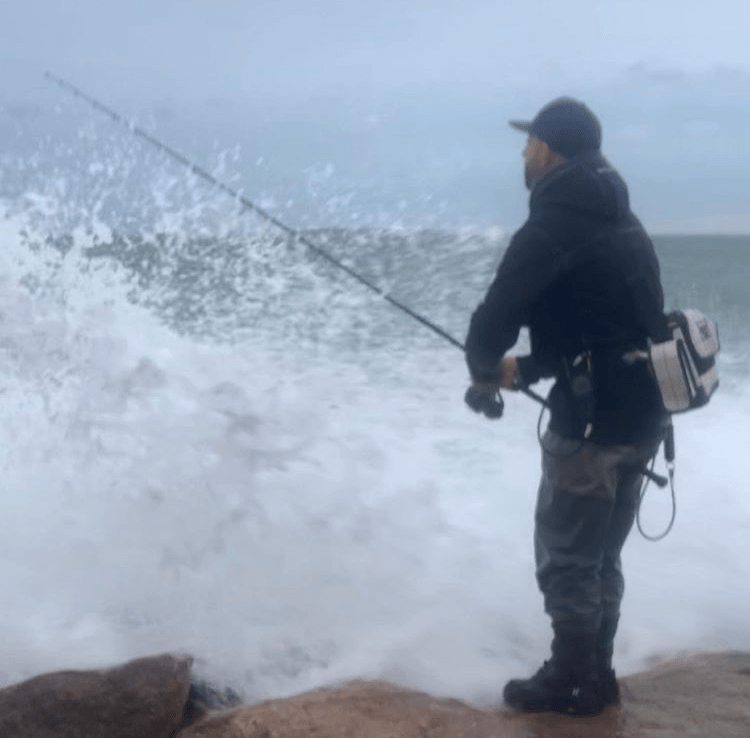

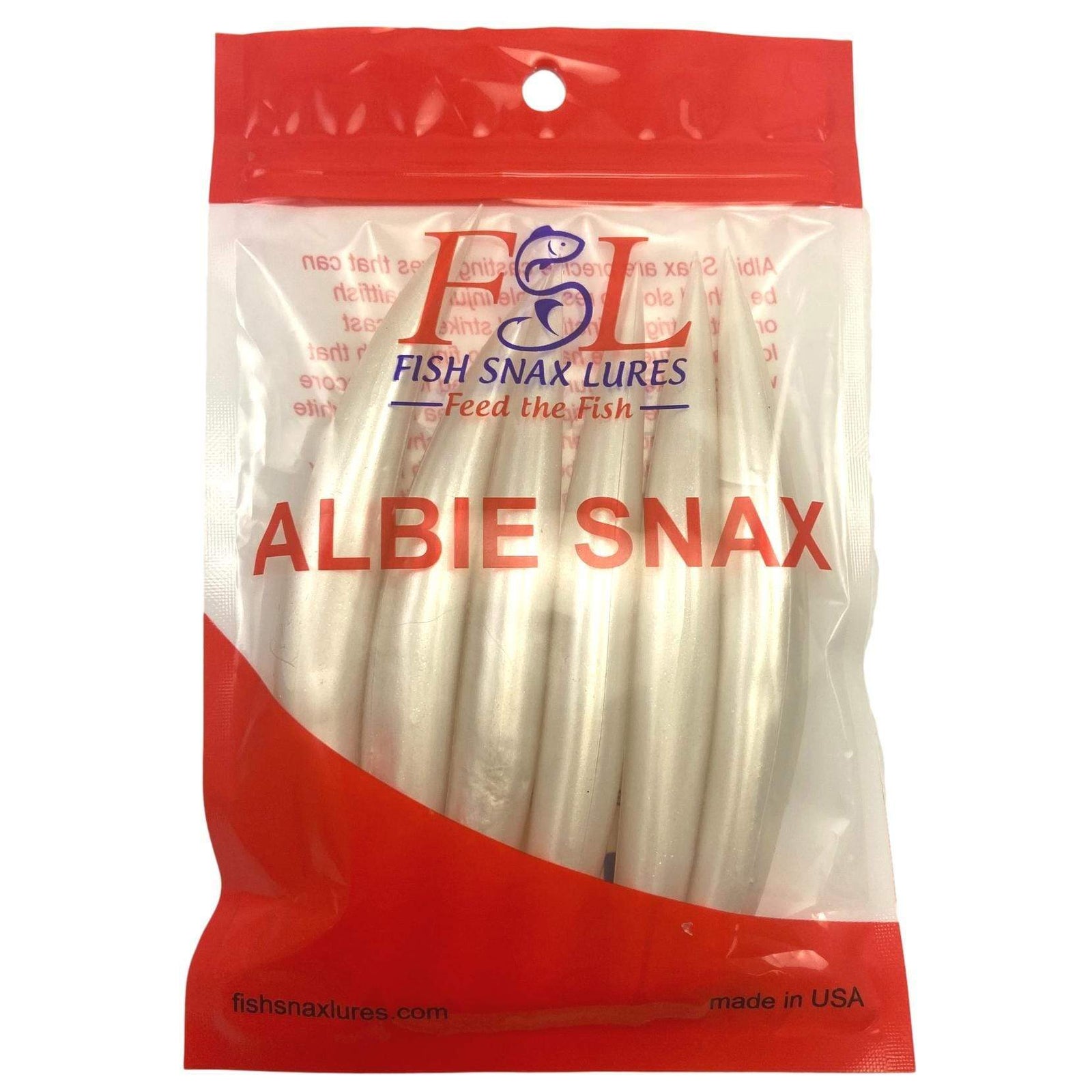

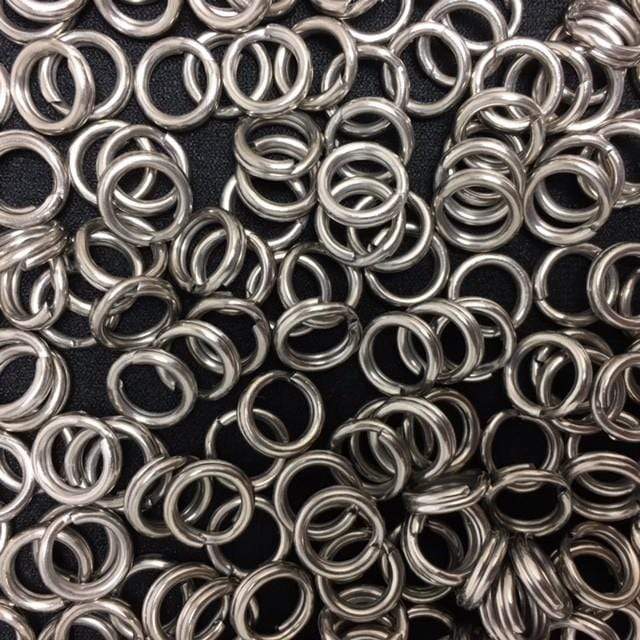
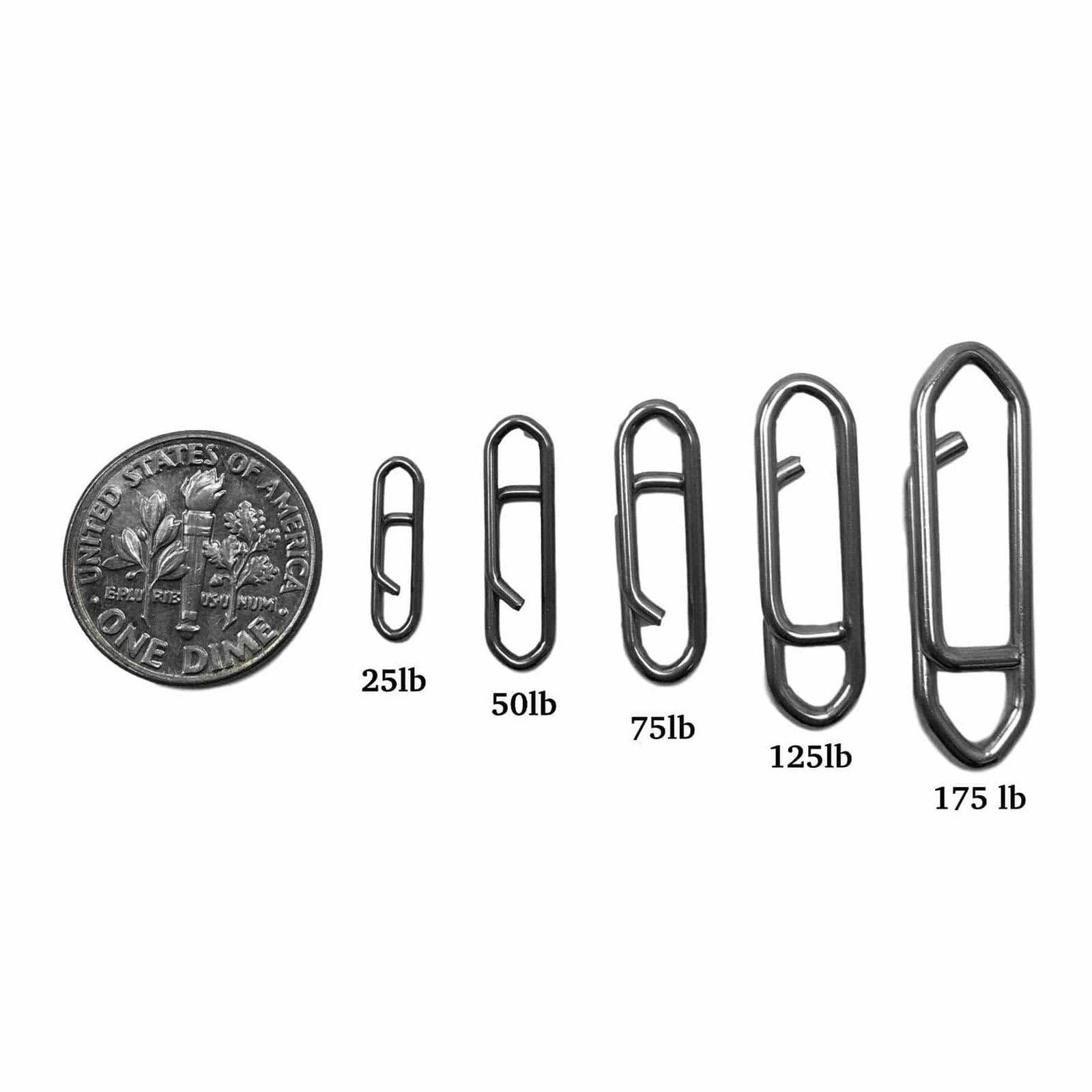




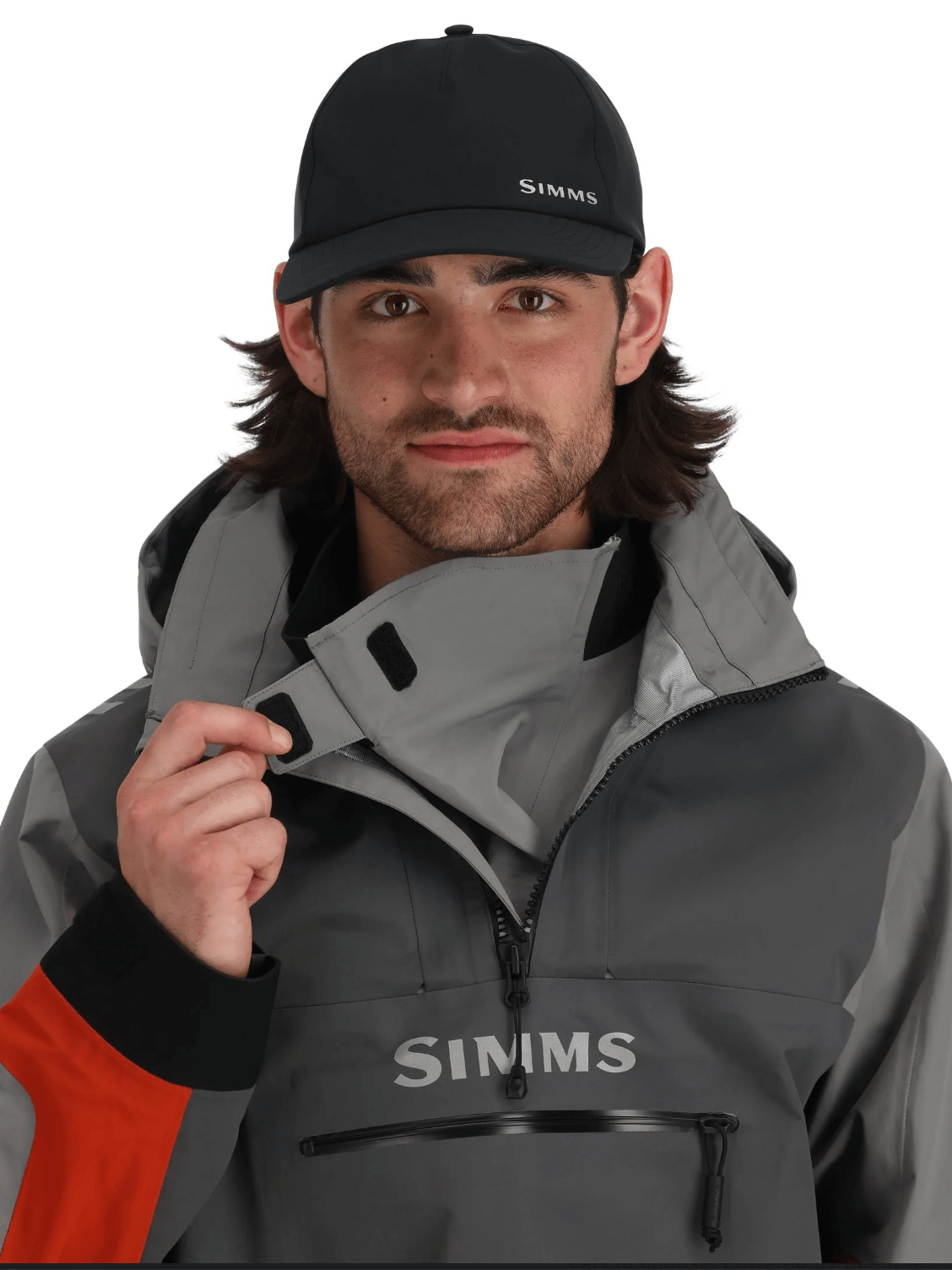

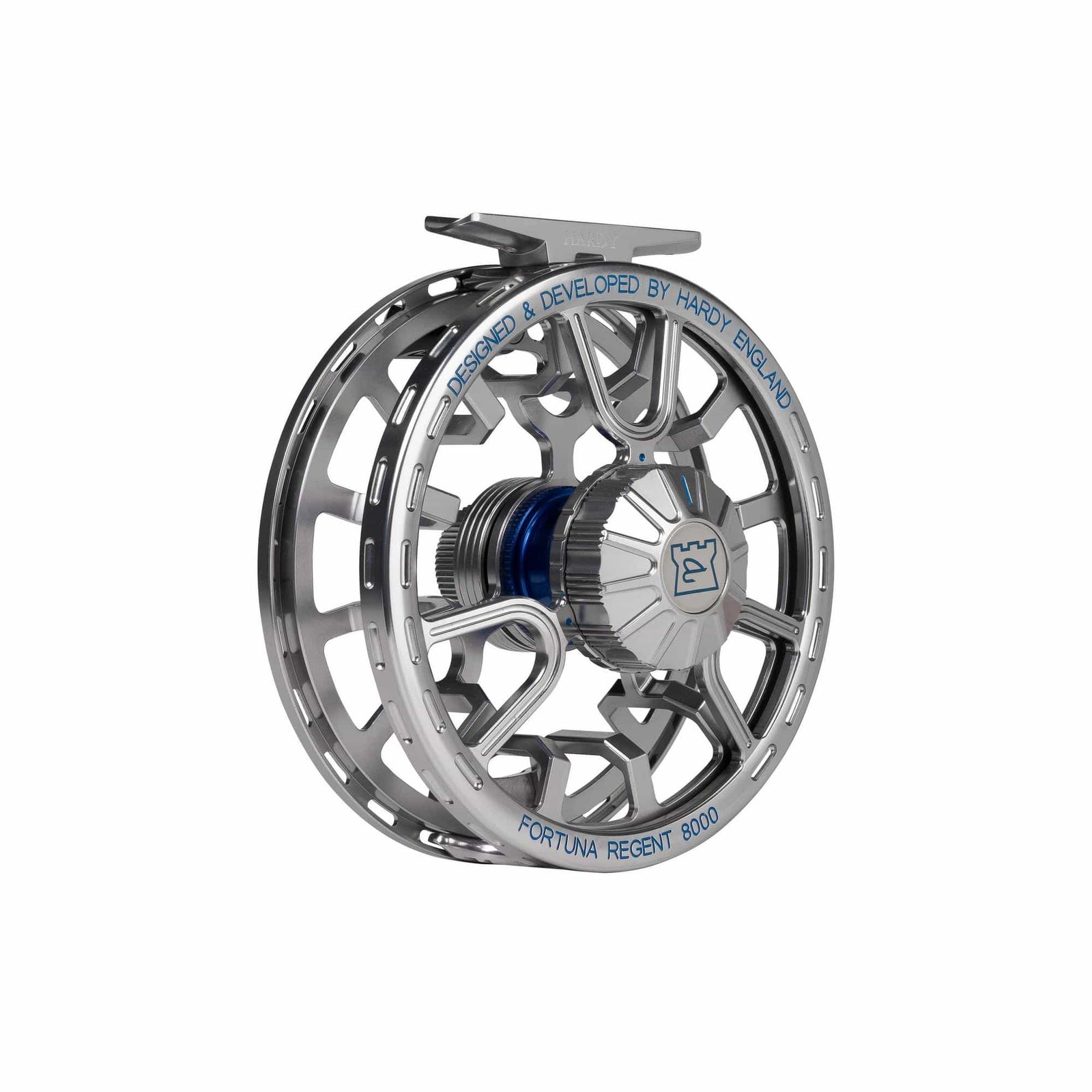
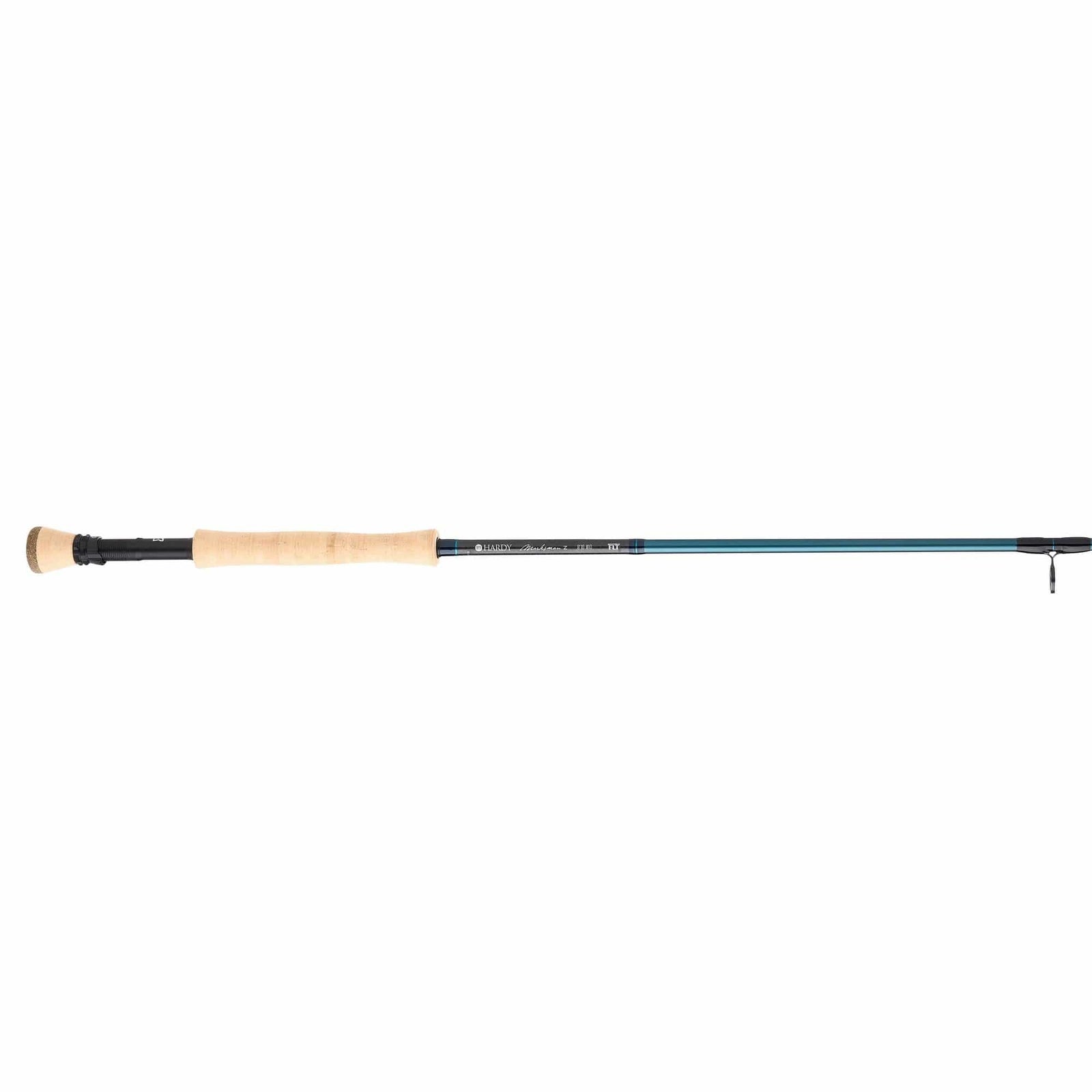

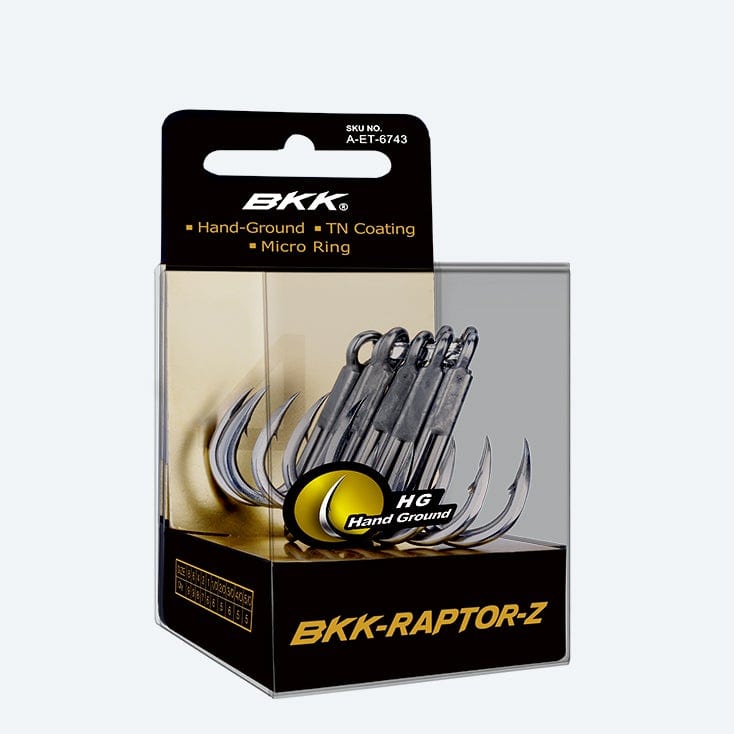
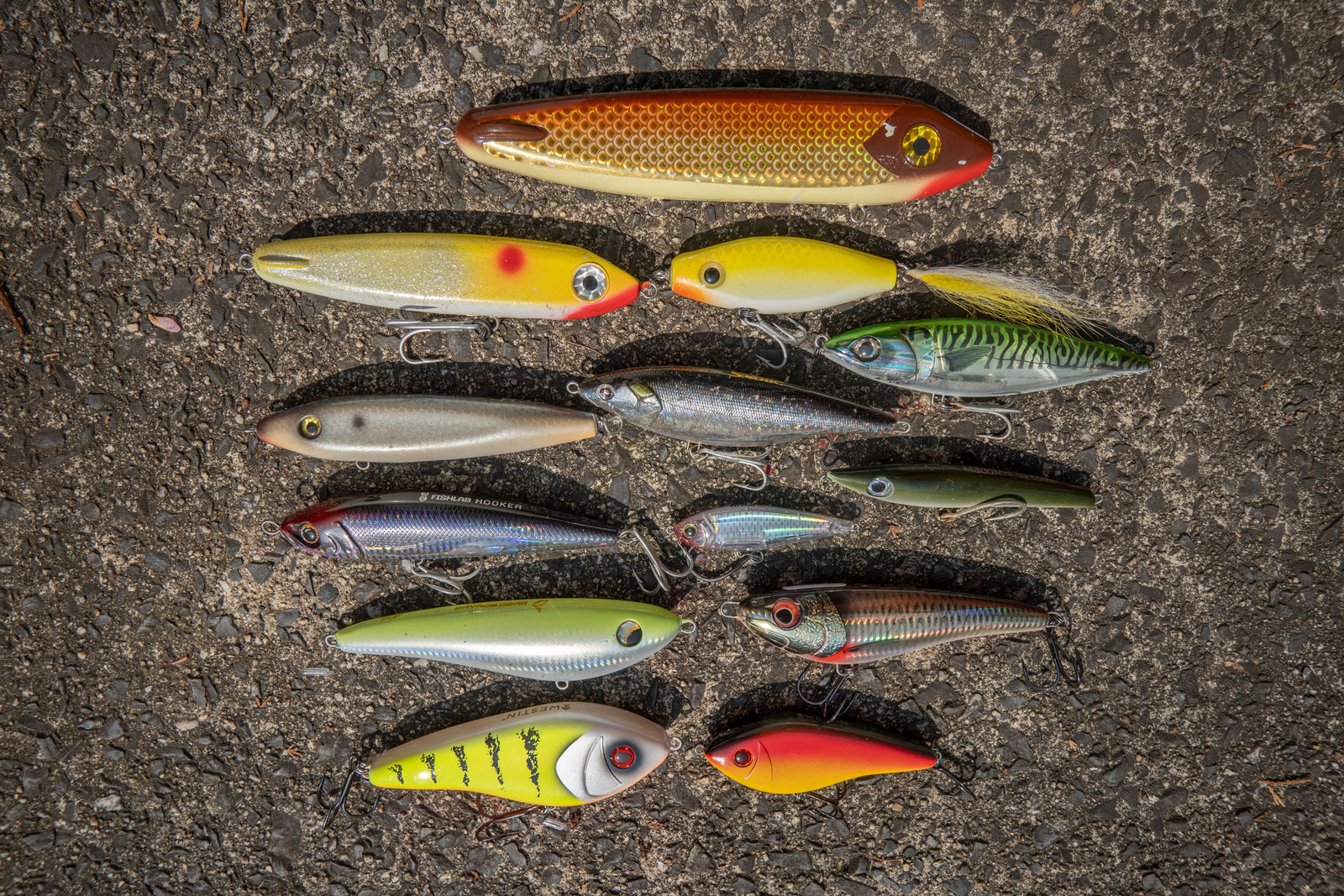
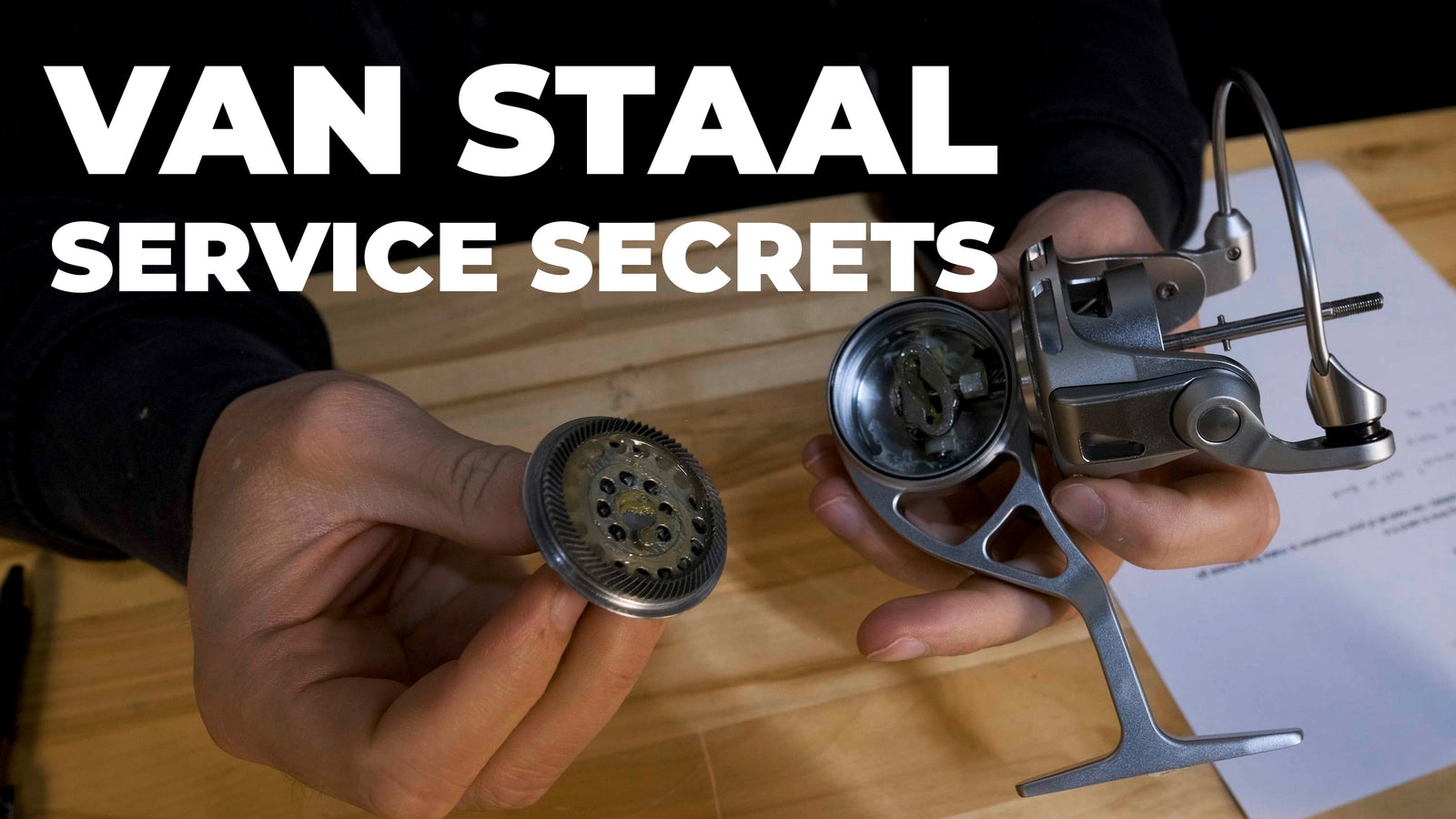


Tom Loury
November 18, 2025
Fishing in the everglades 60 years ago I was fishing with a friend it was just getting dark, he was throwing a Jim Pfyfer hand made plug from the Lake Okachobee are, I was throwing a raddle trap then a Devils Horse with spinners front and back. When his wooden plug hit the water it sounded different than mine he caught 4 to my one. I would like to replacate that plug. All the plugs online do not have that plug. I lived in Broward Countyh so I drove to Lake Okachobee are and found three wooden plugs that is all that was in town 60 years ago. The plug out proformed anything I had in my tackle box but have lost all three on big Bass. Any suggestions on how to come up with this plug? There were two sizes one was small the other was bigger about 3 1/2" long the same bigger plug some had led a wait in it for a sinking plug. All were wood and hand made. Tom Loury Dunnellon Florida tloury@att.net Can you give me any suggestion on finding one of these plugs?